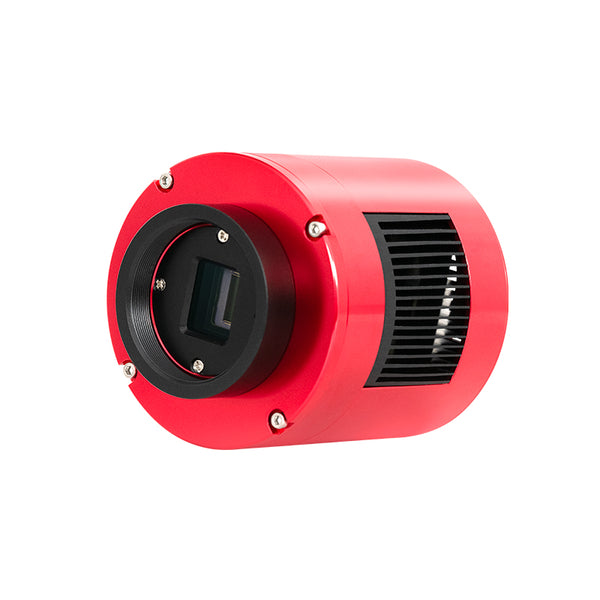
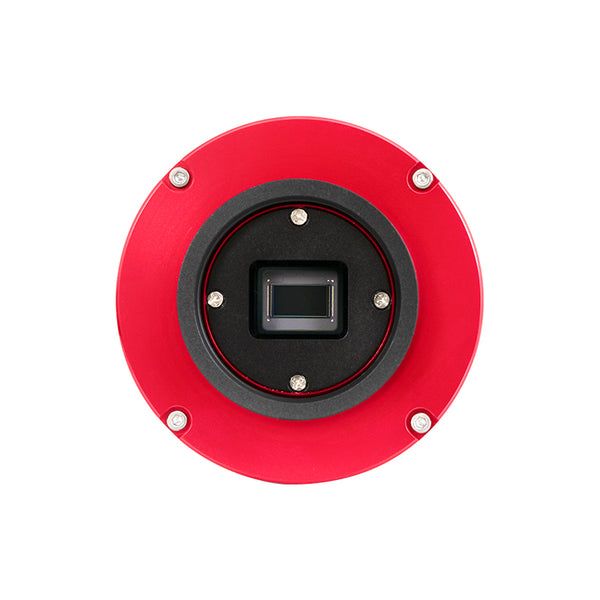
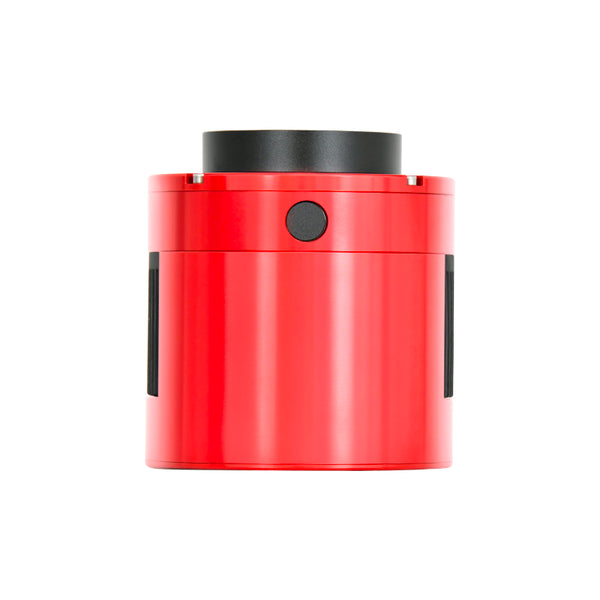
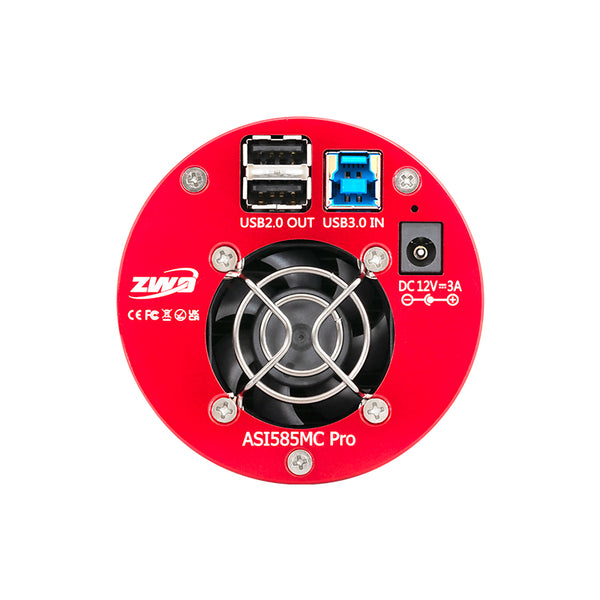
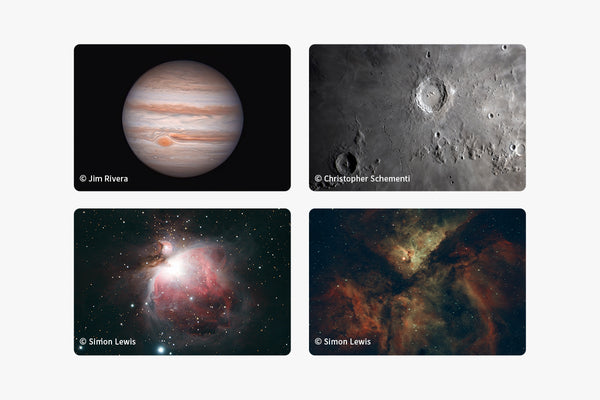
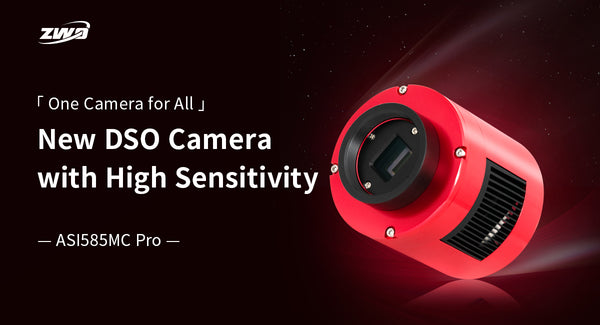
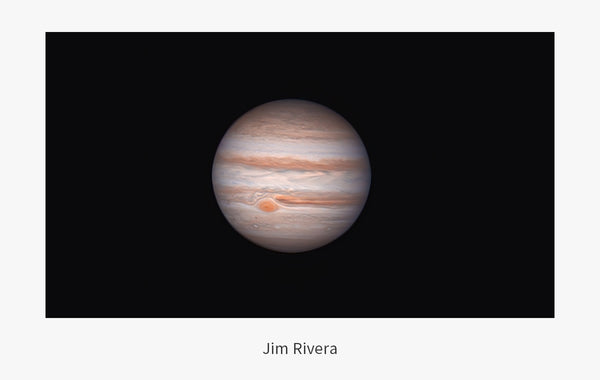
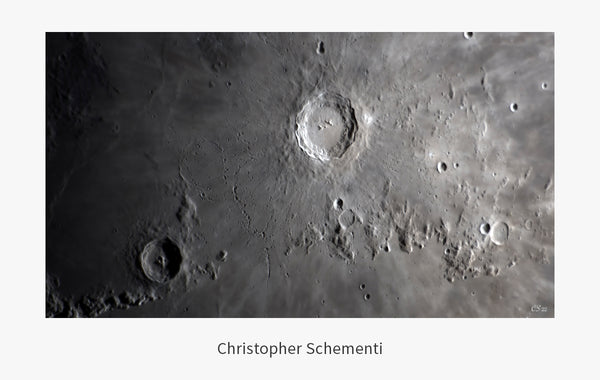
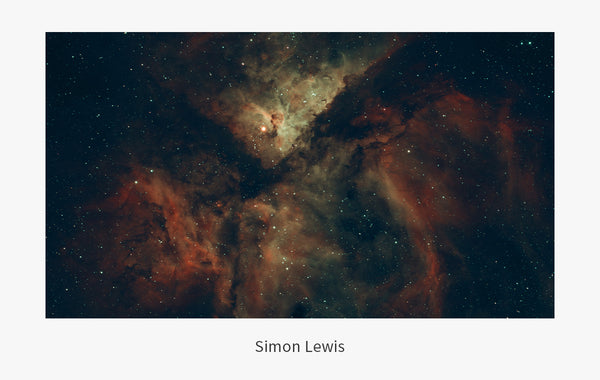
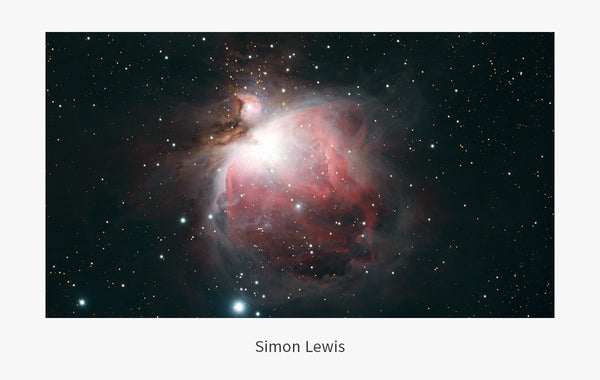
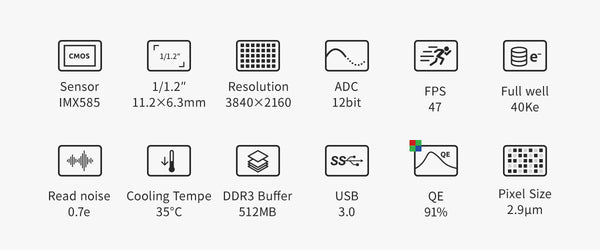
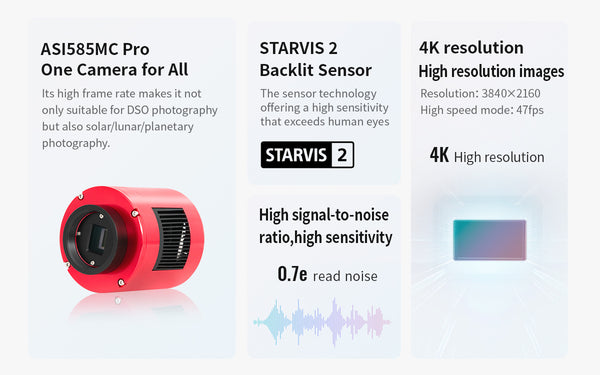

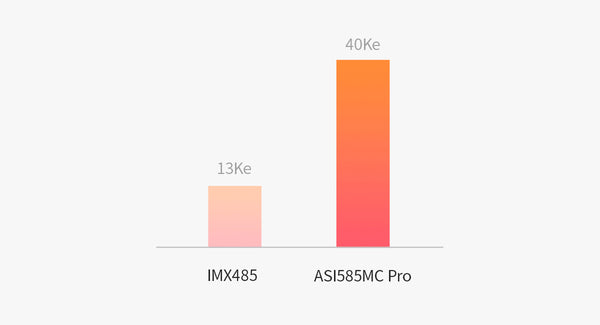
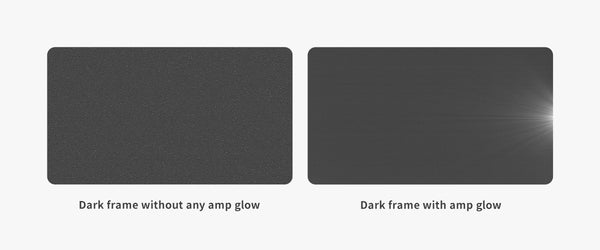
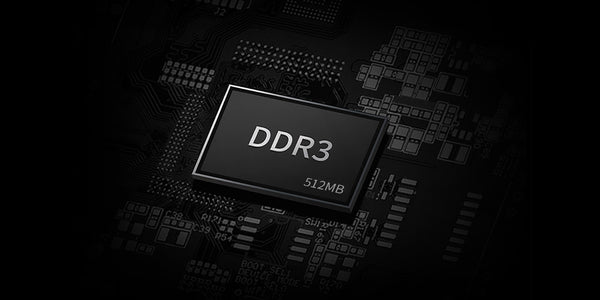
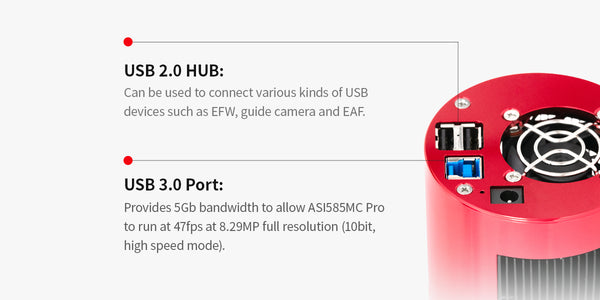
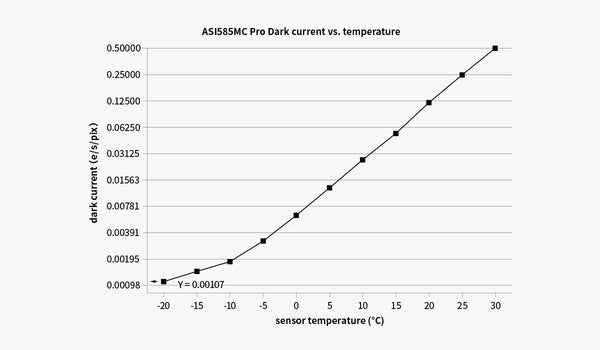
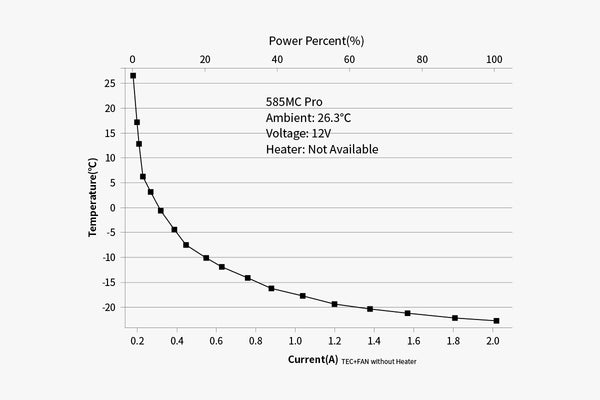
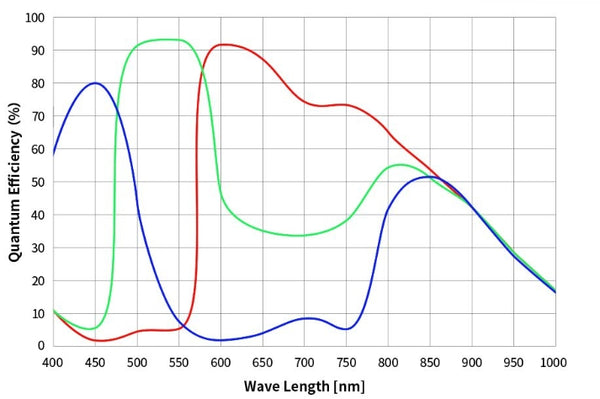
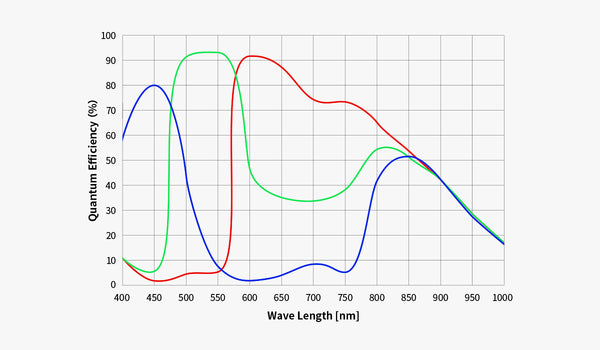
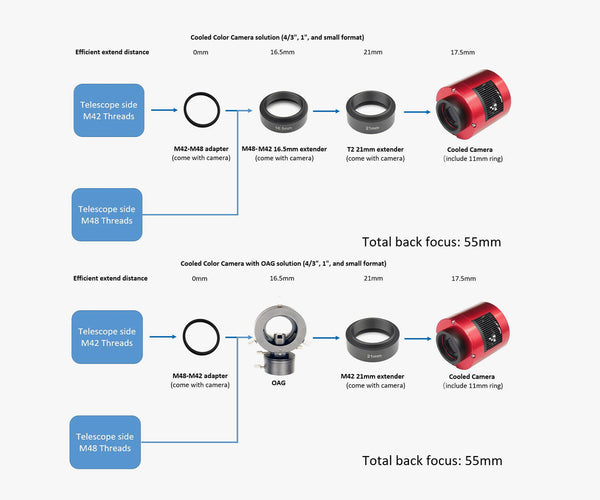
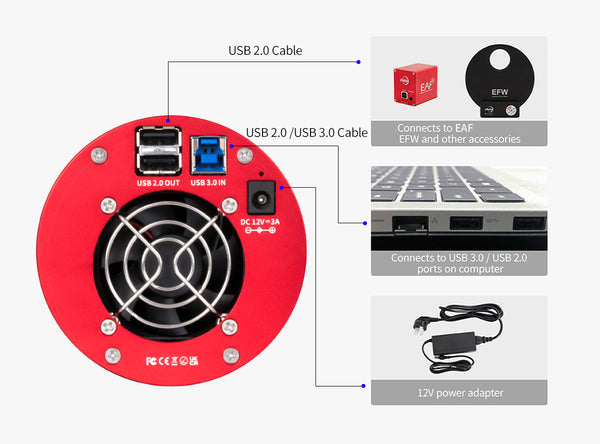
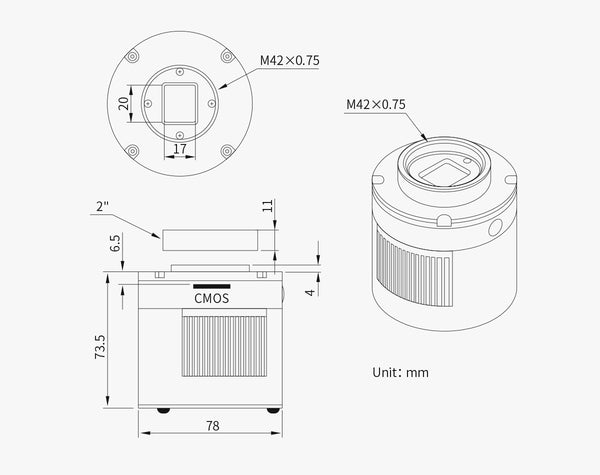
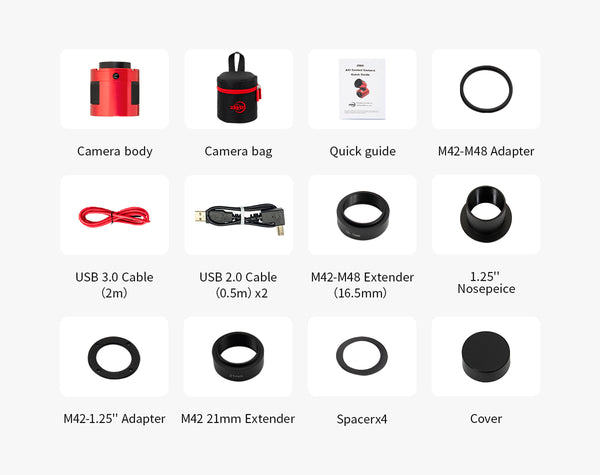
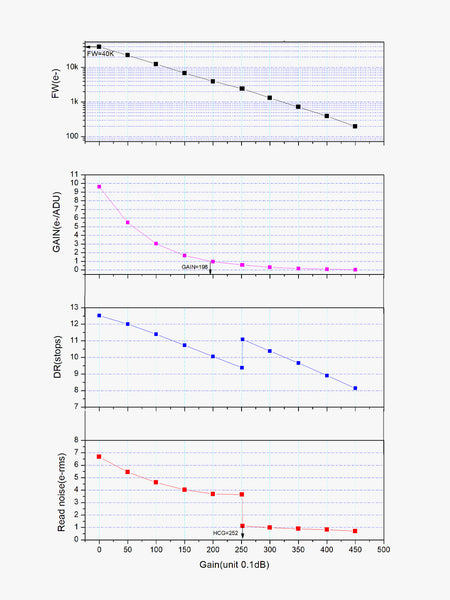


























Produits de la même famille
Why Purchase from All-Star Telescope?
Free Expert Support
Whether you are a first timer needing help with setting up or an enthusiast that can't quite make that one thing work, our expert staff are ready to support your needs. With decades of knowledge and first hand experience we've been there and we can help you through it!
Stress Free, Secure Transactions
You can trust purchasing and delivery with All-Star Telescope. All of our transactions are 100% secure and Level 1 PCI DSS compliant thanks to Shopify's ShopPay platform. For additional protection, we insure 100% of the value of every shipment we make. If it get's lost during shipment, we replace it. If it gets damaged during shipment, we replace it. We make sure your product arrives exactly as you would expect it to; we promise.
We also ensure privacy protection. We never keep any of your credit card information on file and any of your personal data is stored according to our policies.
30 Day Return Policy
Buy with confidence knowing that we accept returns up to 30 days after purchase. We want you to have something you will actually use and we are confident that we keep good quality products in our store with No Junk.
Price Match Promise
Shipping around for the best price is tough, we make it easier by offering the best pricing in the market. But if you find a better price on an in-store item somewhere else we will match it!
Description du produit

ASI585 Pro is a new ZWO deep sky camera based on the 4k SONY CMOS sensor with a 1/1.2″ format and 2.9μm pixels. It has a super high sensitivity and a large resolution of 3840*2160 (8.29MP in total). It also features high transmission speeds – In high-speed mode, the fast frame rate can reach 47fps at full resolution! Being an entry-level DSO camera, it offers great advantages of high cost-effectiveness.
Note: External power supplies are needed for all ASl-cooled cameras. We recommend you use a 12V@3A~5A DC adapter (D5.5×2.1mm, center pole positive) or a lithium battery with 11-14V to power the camera. You can also use ASIAlR to power the cameras. Be aware that using a power supply out of this voltage range will probably lead to irreparable damage to the camera.
ASI585MC/MM Pro

One Camera for All
The STARVIS 2 technology brings ASI585 Pro more advanced imaging performance compared to other cooled cameras. Its high frame rate makes it not only suitable for DSO photography but also solar/lunar/planetary photography.

Jupiter -Jim Rivera

Moon -Christopher Schementi

NGC3372 -Simon Lewis

M42 -Simon Lewis
STARVIS 2


STARVIS 2 was developed by SONY and evolved from STARVIS. It is the latest technology with a wider dynamic range and super-high sensitivity beyond the human eye. Benefiting from it, ASI585 Pro's sensitivity and signal-to-noise ratio is greatly improved.
Large Full Well Capacity
The back-illuminated structure improves the camera's full well capacity. Even with unbinned 2.9μm pixels, ASI585MM Pro has a full well capacity of 38.7ke-, nearly 4 times that of the last-generation sensor IMX485. A larger full well capacity gets the camera higher efficiency in collecting light, can effectively restrain the highlight area from being overexposed, and also can improve the signal-to-noise ratio.
Zero Amp Glow
ASI585MM Pro exhibits extremely clean dark frames with zero amp glow! No matter how long the exposure and how high the gain value is, you can easily get clean and smooth astro images!
Note: This feature is implemented directly at the hardware level, it does not require software control.

512MB DDR3
ASI585 Pro uses a USB 3.0 interface, along with the built-in 512MB DDR3 cache, ensuring high-speed, smooth, and stable data transmission.
USB 3.0 Port & USB 2.0 HUB
USB 3.0 Port: Provides 5Gb bandwidth to allow ASI585MM Pro to run at 47fps at 8.29MP full resolution (10bit, high-speed mode).

USB 2.0 HUB: Can be used to connect various kinds of USB devices such as EFW, guide camera, and EAF.
Two-stage TEC Cooling
Thanks to the two-stage TEC cooling, ASI585MM Pro can lower the CMOS sensor temperature to more than 35 degrees Celsius below ambient temperature, which can greatly reduce dark current generation and sensor noise even during extended exposure times.
*The Delta T 35°C is tested at 30°C ambient temperature. It might get down when the cooling system is working for a long time. Also, as the ambient temperature falls, the Delta T would decrease.
Below is the dark current curve of ASI585MM Pro at the temperature from -25°C to 30°C.

Camera Performance
Low read noise, High dynamic range
The camera has a built-in HCG mode, which can effectively reduce read noise at high gain and allow the camera to maintain the same high dynamic range as it does at low gain.
When the gain reaches 252, the HCG mode will be automatically turned on and the dynamic range reaches a level close to 11bit. The read noise in this case can be as low as 0.9e.

QE (Quantum efficiency)
Based on our testing results, the QE peak value of ASI585MM Pro is 91%.

Qu'y a-t-il dans la boite
Specifications
| Sensor | 1/1.2" CMOS Sony-IMX585 |
| Bayer Pattern | N/A |
| QE peak | 91% |
| Back focus length | 6.5mm/17.5mm |
| Max fps | 46.9fps |
| Full well | 38.7Ke |
| Shutter | Rolling shutter |
| Resolution | 8.29Mega Pixel,3840*2160 |
| Pixel Size | 2.9µm |
| Exposure Range | 32μs~2000s |
| Interface | USB 3.0 /USB 2.0 Type-B |
| Protect window | φ32-2 AR |
| ADC | 12bit |
| Working Temperature | -5°CC~50°C |
| Storage Temperature | -10°C~60°C |
| Working Relative Humidity | 0-80% |
| Supported OS | WIN7/8/10/11 32&64, Linux, Mac |
Connection Methods (Back Focus Distance: 55mm)

Connection to External Devices

Structural Dimension Diagram

In the Box

Articles, vidéos et liens supplémentaires
External Links
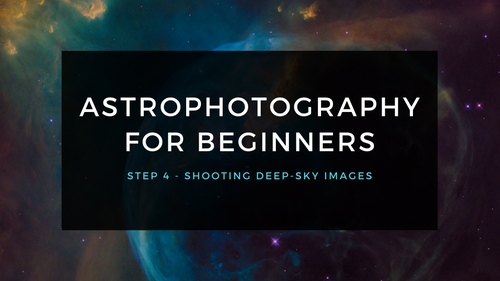
Astrophotographie pour les débutants Étape 4 : Prendre des images du ciel profond
Prendre des photos du ciel profond peut être intimidant, heureusement, il existe un processus simple à suivre pour vous permettre d'obtenir de superbes photos ! Voici le processus typique pour pren...
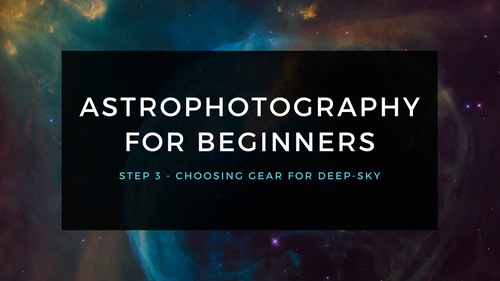
Astrophotographie pour les débutants Étape 3 : Choisir l'équipement pour l'imagerie du ciel profond
L'utilisation d'un capteur d'étoiles vous permet d'acquérir de l'expérience avec les principes fondamentaux de l'imagerie du ciel profond. Tirer sur la Lune vous permet d'acquérir de l'expérience ...
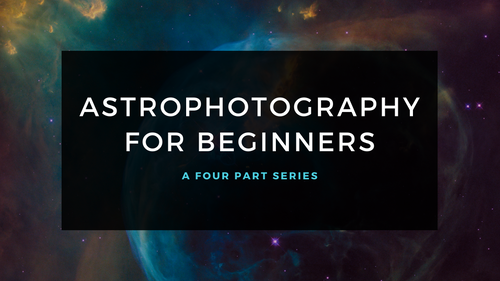
Astrophotographie pour les débutants - Commencer ici : Entrer dans l'astrophotographie étape par étape
Photographier le ciel nocturne n'a jamais été aussi populaire, ni aussi facile. Le choix d'équipement n'a jamais été aussi meilleur, ni plus abordable. Cependant, selon les conseils donnés par Dick...
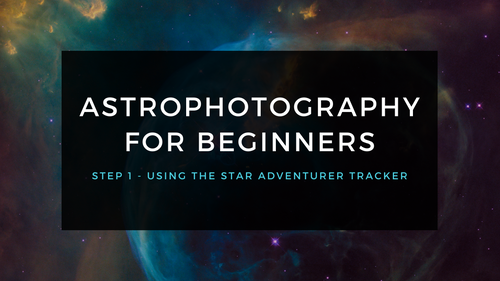
Astrophotographie pour les débutants Étape 1 : Utilisation du Star Adventurer Tracker
Le moyen de loin le plus économique et le plus simple de capturer de belles images de la Voie lactée et de grands objets du ciel profond comme la galaxie d'Andromède (illustré ici) est d'utiliser u...
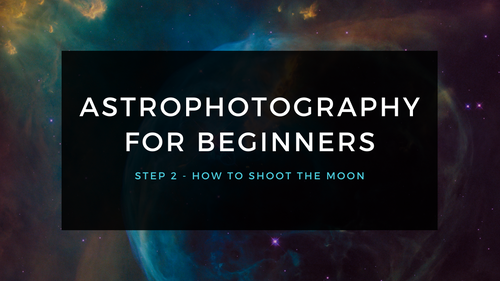
Astrophotographie pour les débutants Étape 2 : Comment photographier la Lune
Les gros plans de la Lune sont gratifiants et constituent un moyen facile d'apprendre à photographier à travers votre télescope. Bien que de bons résultats soient possibles avec un appareil photo d...


